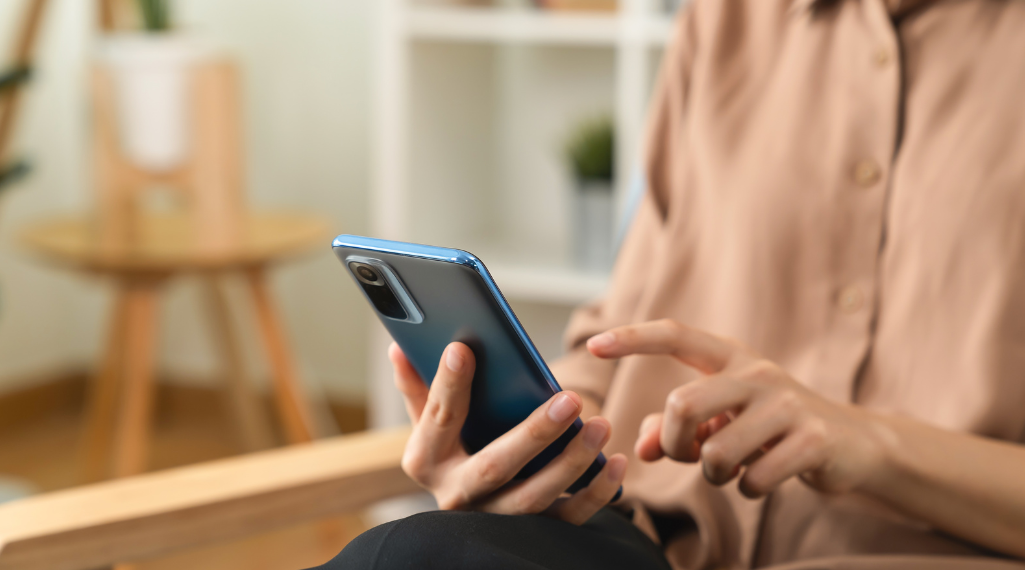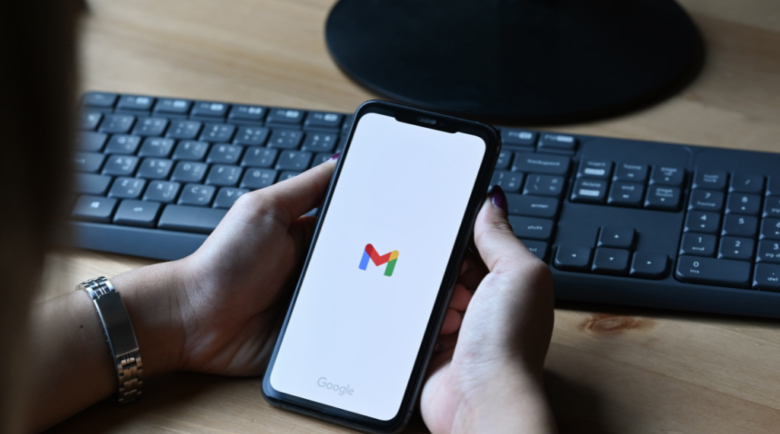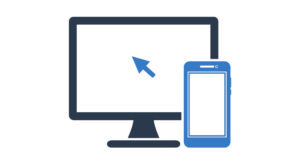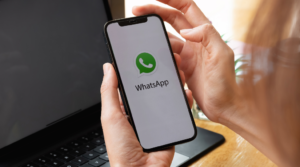With the advancement of technology, it has become essential to keep our contacts organized and easily accessible. In this dynamic and digital landscape, where we increasingly rely on our mobile devices to manage our personal and professional lives, the need for efficient contact organization has become pressing.
An effective way to ensure this organization is by synchronizing your phone contacts with your Gmail account. This practice not only simplifies access to your contacts across various devices but also ensures that crucial information is not lost, even in the face of events such as the loss or replacement of your mobile device. Imagine the convenience of having all your contacts available instantly, without the worry of losing important numbers or vital contact details.
In this guide, we will detail step by step how to save your contacts to Gmail, providing an efficient and secure solution for managing your digital contacts. By following these instructions, you will not only optimize your personal organization but also ensure the preservation of essential data in all circumstances, offering a smoother and more tranquil user experience in your everyday life.
How to Save Phone Contacts to Your Gmail Account
1. Open the Contacts App on Your Phone:
The first step is to access the contacts app on your phone. This may vary depending on your device model, but you can usually find this app on the home screen or in the app menu.
Exploring the app menu, you can identify the distinctive icon representing the contacts functionality. On some devices, this icon may resemble an address book or include the classic symbol of a phone. If you don’t find it immediately, it’s worth checking all pages of the home screen or the app section to locate the corresponding icon.
If you are using a device with a more recent operating system, contacts may be integrated directly into the phone app. In this case, simply access the phone app and look for a specific option or tab for contacts.
Regardless of the variation in device design, most modern smartphones offer an intuitive way to access the contacts app, ensuring that you can initiate the synchronization process with your Gmail account in a simple and effective manner.
2. Select the Export Contacts Option:
Within the contacts app, look for options related to contact management. You’ll usually find an option called “Export” or “Save Contacts.” By selecting this option, the system may offer different export formats. Choose the option that allows you to export to the “vCard” or “Google CSV” format.
While exploring the contact management options, you may come across a range of additional features that provide greater control over your data. Depending on your device model, the export options may be grouped in a specific submenu or presented directly on the main screen of the app.
It’s worth noting that the “vCard” format is widely recognized and compatible with various devices and services, making it a solid choice to ensure the interoperability of your contacts. On the other hand, the “Google CSV” format is particularly effective when transferring your contacts to the Google environment, ensuring seamless integration with your Gmail account.
Make sure to review all available options before proceeding with the export, ensuring that you choose the format most suitable for your needs and the ecosystem of devices and services you use. This attention to detail will ensure a smooth transition of your contacts to the Gmail platform.
3. Choose the Destination:
After selecting the export option, the next step is to choose the destination to save your contacts. Choose to save the contacts to the internal storage of your device or to the SD card if available. Make sure you can easily access the exported file.
When selecting the destination location to save your contacts, consider the available storage capacity on your device. Internal storage is usually the safest and easily accessible option. However, if your device has an SD memory card, this can be a convenient alternative to preserve internal space while keeping your contacts accessible.
Before finalizing this step, it is advisable to check if there is enough space in the chosen location to avoid storage issues. Additionally, ensure that the selected location is easily navigable, ensuring that you can locate and transfer your contacts effortlessly when needed.
By following these guidelines, you ensure that your contacts are stored efficiently, ensuring they are readily available for the next step in the synchronization process with your Gmail account.
4. Log in to Your Gmail Account:
Now, open the browser on your device or access the Gmail website. Log in to your account. Make sure you are using the same account you want to sync with your contacts.
When opening the browser, it is advisable to use your device’s default browser or a trusted browser, ensuring a secure and effective login experience. Navigate to the official Gmail website by typing the correct address in the browser’s address bar or selecting the Gmail shortcut if available.
While logging in, double-check that you are using the correct credentials for the Gmail account you want to synchronize with your contacts. This is crucial to ensure that the synchronization occurs successfully, and your contacts are integrated into the desired account.
Remember that the security of your account is paramount. Make sure to use strong passwords and keep your credentials in a secure location. By following these steps, you’ll be ready to proceed with the synchronization process, ensuring a seamless integration between your phone contacts and your Gmail account.
5. Access Google Contacts:
In the upper right corner of your Gmail account, you’ll find an option called “Google Apps” or something similar. Click on this option and look for “Google Contacts” or simply “Contacts.”
This option is typically represented by an icon of stacked squares or another image symbolizing the array of applications and services offered by Google. By clicking on this option, you will be directed to the Google Apps menu.
Within this menu, look for “Google Contacts” or simply “Contacts.” Depending on the version or configuration of your account, this option may be listed directly or grouped under a category of related applications. If you don’t immediately locate the desired option, explore submenus or related areas until you find the section dedicated to contacts.
Upon selecting “Google Contacts” or “Contacts,” you will be redirected to the Google Contacts interface, where you can manage and view all your contacts. This is the location where synchronized contacts will be stored, providing a convenient hub to organize and access your contact information effectively.
6. Import Contacts:
Within Google Contacts, look for an import option. This option may be in different locations depending on the version of Gmail. Select the import option and choose the file you exported earlier from your phone.
The import function is crucial for seamlessly integrating the contacts exported from your mobile device into your Gmail account. In some versions, you may find the import option directly on the main Google Contacts page, usually highlighted in the toolbar or in a dropdown menu.
In other cases, the import option may be located in additional settings. Explore sections in Google Contacts, such as “Settings” or “More,” to find the import option.
When selecting the import option, you will be prompted to choose the file containing the contacts exported earlier from your phone. Ensure you locate the correct file in the location you chose during the export process. This ensures a smooth transition of your contacts to the Gmail platform, retaining all the important information associated with each contact.
7. Check Your Contacts in Gmail:
After the import, you will see your contacts organized in Google Contacts. Make sure to review whether all contacts were transferred correctly.
At this point, it is crucial to conduct a thorough review to ensure the integrity and accuracy of the contact information. Verify that all phone numbers, email addresses, and other data were transferred appropriately. If you notice any discrepancies or omissions, you can manually correct them by adding or editing details directly in Google Contacts.
Furthermore, ensure that specific information, such as birthdays, notes, or custom fields, has been preserved during the import process. These customized details can be crucial for maintaining a comprehensive and organized view of your contacts.
Upon completing this review, you’ll have the peace of mind knowing that all your contacts are properly stored and organized in Google Contacts. This final step ensures a smooth and efficient transition, ensuring that you can access and manage your contacts effectively in your Gmail account.
8. Activate Auto-Sync (Optional):
To ensure your contacts remain synchronized, activate auto-sync on your device. This will ensure that any changes to phone contacts are automatically reflected in your Gmail account and vice versa.
By following these simple steps, you’ll have your contacts easily accessible and secure in your Gmail account. This practice not only simplifies the organization of your contacts but also provides an extra layer of security in case of loss or damage to your device. Stay connected and organized with this efficient integration between your phone and Gmail account.
Is it worth saving smartphone contacts in Gmail?

Yes, it is worthwhile to save contacts from your smartphone to Gmail for several reasons. This practice provides various benefits that contribute to a more efficient and secure experience in managing your contacts. Here are some reasons why it is advantageous to save your contacts to Gmail:
- Accessibility on Multiple Devices: By synchronizing your contacts with Gmail, you ensure that you have access to them on any device connected to your account. This means that, in addition to your smartphone, you can view and manage your contacts on tablets, computers, and other compatible devices.
- Automatic Backup: Gmail offers an automatic backup service for your contacts. In case of loss, replacement, or damage to your device, your contacts will remain safe in the Gmail cloud. This eliminates the worry of losing crucial information, such as important phone numbers or essential contact details.
- Ease of Transition between Devices: If you switch smartphones or acquire a new device, syncing with Gmail makes it easy to transfer your contacts. By setting up your new device with the same Gmail account, your contacts will be automatically transferred, saving time and effort.
- Centralized Management: Google Contacts, integrated with Gmail, provides an intuitive interface for managing and organizing your contacts. You can add details, edit information, and create groups for more effective management, all from a centralized platform.
- Integration with Other Google Services: By saving your contacts to Gmail, you facilitate integration with other Google services. This includes the ease of sending emails to contacts directly from Gmail, syncing with Google Calendar, and efficiently using features such as Google Meet.
In summary, saving your contacts to Gmail not only offers greater accessibility and flexibility but also provides an additional layer of security and ease in the daily management of your contacts. It is a recommended practice for those seeking a more integrated and efficient experience in using mobile devices and online services.



